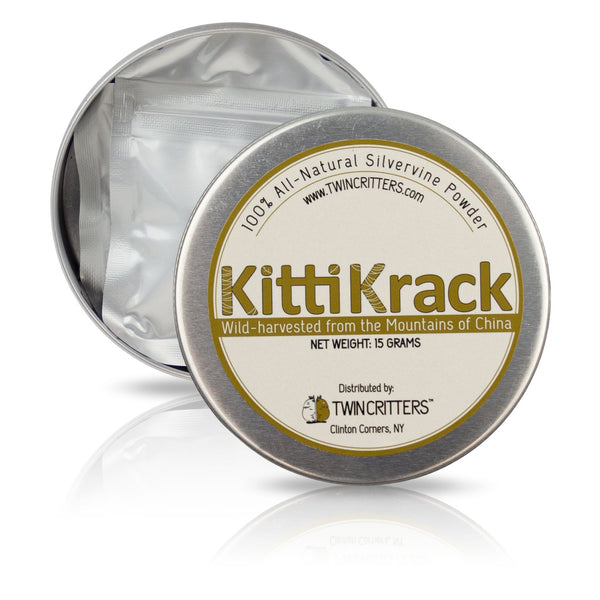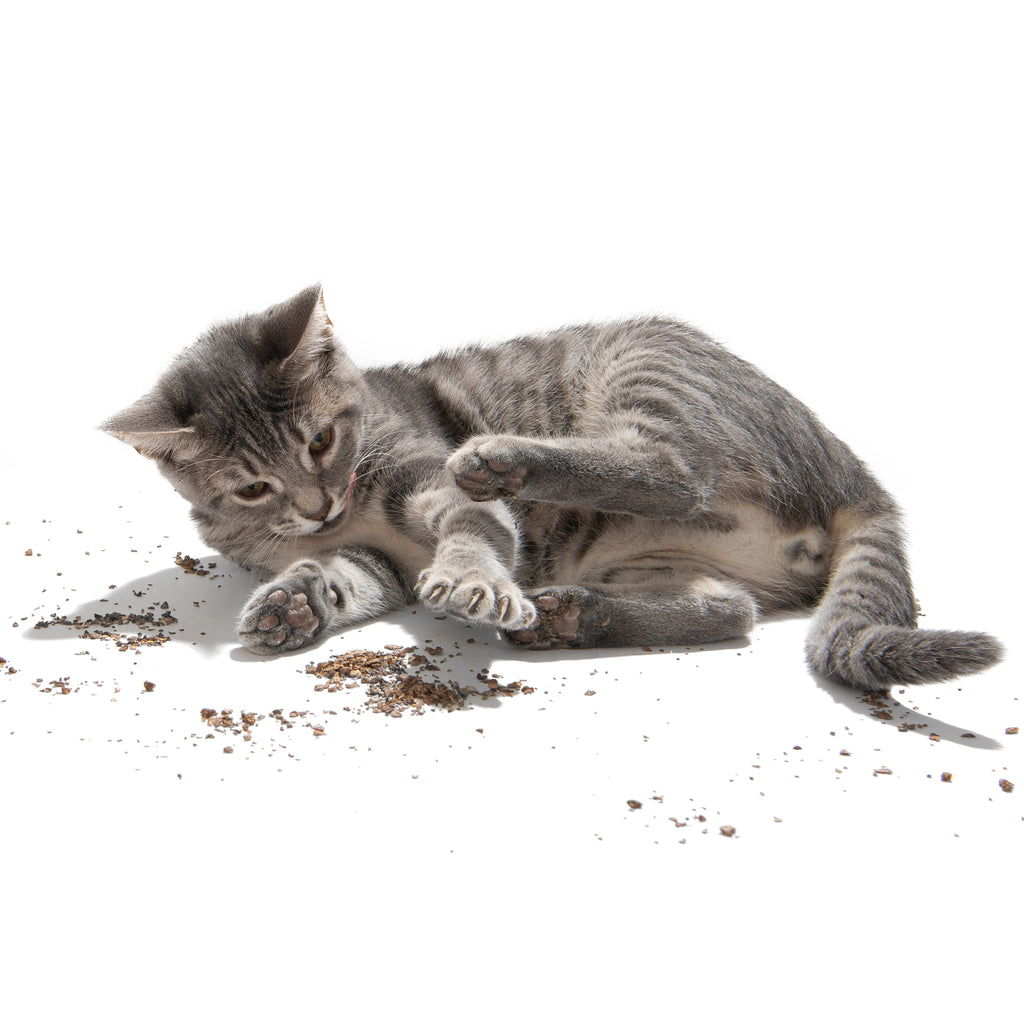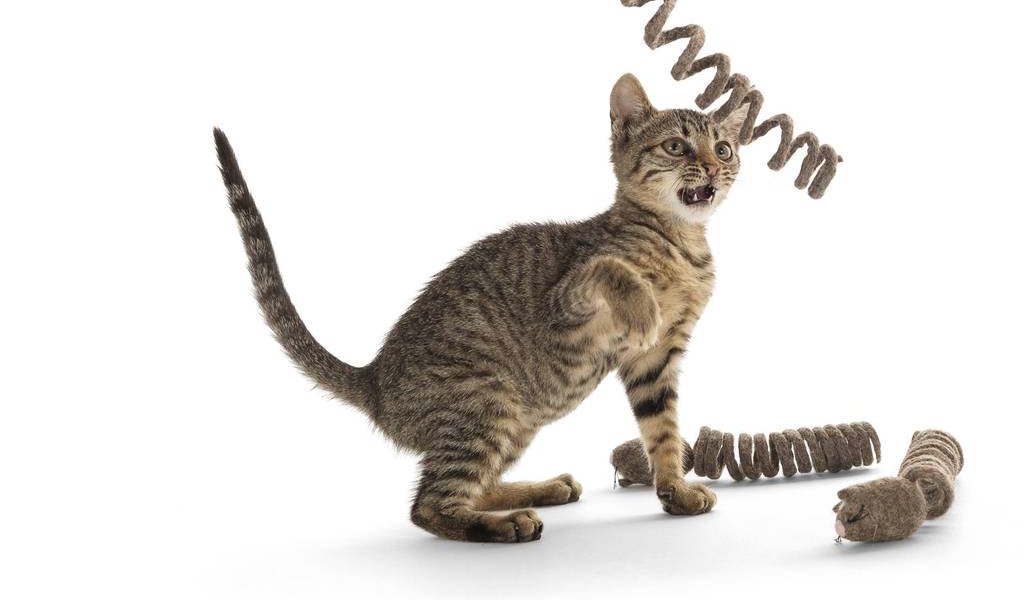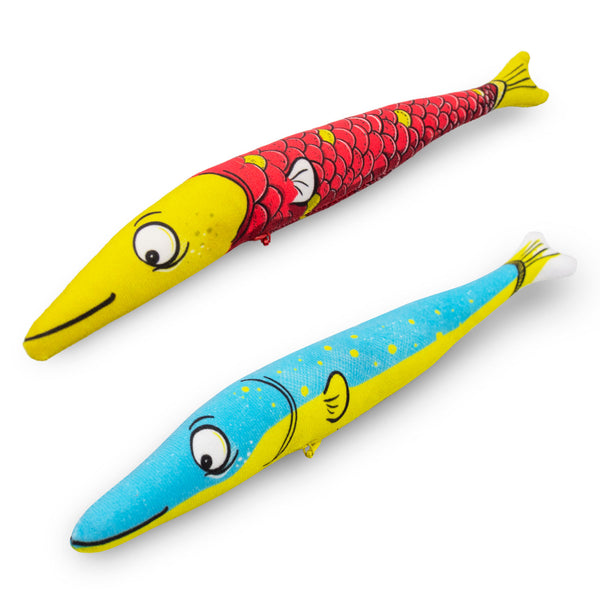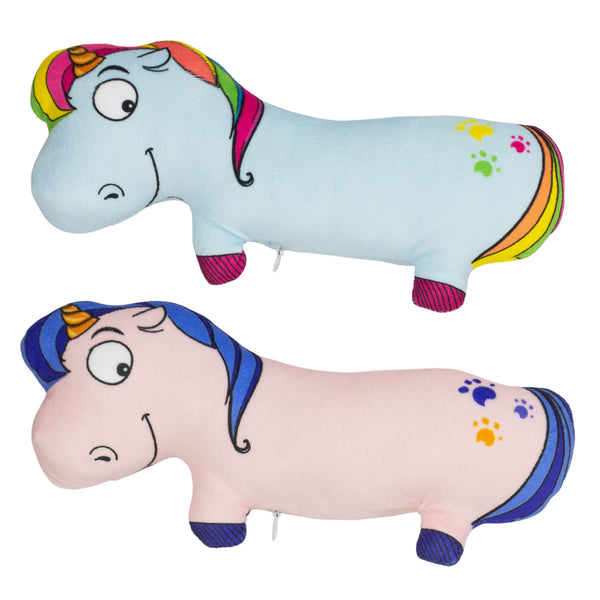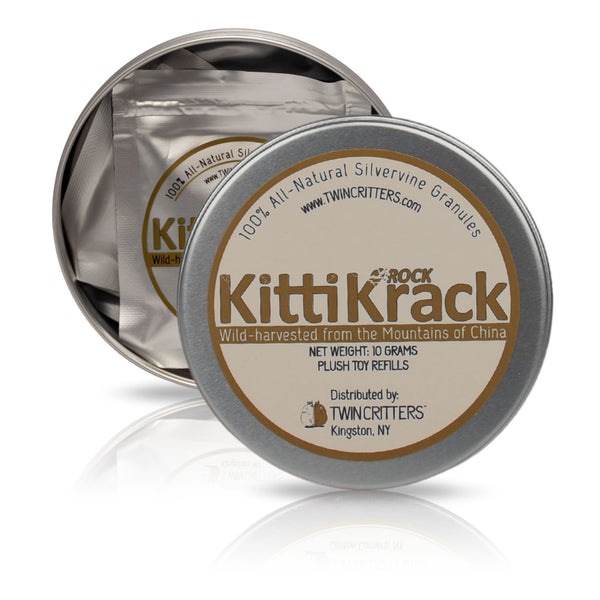Answering top 6 questions about silvervine

1. At what age can I give my cat silvervine?
Silvervine is safe for all felines from young kittens (12 weeks and older) to elderly cats. Cats of all ages love silvervine, even senior kitties, who may surprise you with their kitten-like behavior once they get a whiff of the sweet, pungent aroma of silvervine powder.
2. How much silvervine should I give my cat?
We recommend offering your cat 1/4 of a teaspoon to start, which is approximately 0.5 grams, of silvervine powder, during one playtime session.
3. How should I give silvervine to my cat?
Sprinkle a small amount (approximately 1/4 of a teaspoon or 0.5 grams) of silvervine powder on the floor, your cat’s bed, or his/her scratching post. You might also roll his/her favorite toy in silvervine powder and then toss it in the air to get playtime started. You can use silvervine to attract your cat to a new bed or help his/her become comfortable with a new cat carrier. Although silvervine is safe and nontoxic, it should not be sprinkled on your cat’s food or treats. We recommend that you always supervise your kitty while he/she enjoys silvervine powder or toys.
4. How should I use silvervine with my cat?
Silvervine helps enrich your cat’s life by encouraging her to play and exercise. Regular exercise keeps a healthy cat fit and helps an overweight cat lose weight. Silvervine can also help fearful and stressed cats relax and it can boost the mood of an older cat.
Consider offering your cat silvervine at a regular time during the day or evening, and limit each silvervine session to 30 minutes. Sprinkle a small amount (approximately 1/4 of a teaspoon or 0.5 grams) of silvervine powder on the floor, your cat’s bed, or his scratching post. You might also roll his favorite toy in silvervine powder and then toss it in the air to get playtime started.
Always put silvervine away when playtime is over. Some cats will become less reactive to silvervine over time; if this happens, you might limit your cat’s exposure to silvervine to two or three times weekly.
For cats that enjoy catnip but have become bored with the same toys and treats, consider adding silvervine to their playtime routines. Silvervine contains different attractants than catnip, which may make it more appealing to your cat.
5. What happens to my cat when she eats silvervine?
Silvervine is safe and nontoxic if ingested—in fact, silvervine has been used in Chinese and Japanese traditional medicine for centuries. It is not recommended to sprinkle silvervine powder on your cat’s food or treats, however, as its pungent aroma is more appealing than its taste. Most cats will not eat silvervine powder. Instead, they are more likely to roll on the floor, rub their chins and faces on nearby surfaces, drool, and lick. Some cats become happily sedate while other become energized and more playful. Cats that do not usually get along may also interact more positively when exposed to silvervine, but each cat should have his own silvervine toy or play area to keep everyone happy.
For many cats, silvervine’s effects are immediate. Although silvervine does produce a kind of kitty “high,” you don’t have to worry about your cat becoming addicted or overdosing on it. Silvervine’s effects will wear off in less than 30 minutes and your cat will return to normal behavior—even if she overindulged during silvervine playtime. Some cats may even become more affectionate with their human companions after playtime has ended.
Although silvervine does produce a kind of kitty “high,” you don’t have to worry about your cat becoming addicted. Silvervine’s effects will typically wear off in less than 30 minutes and your cat will return to normal behavior.


